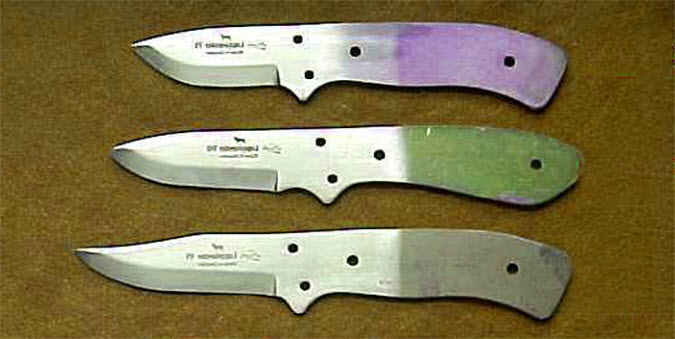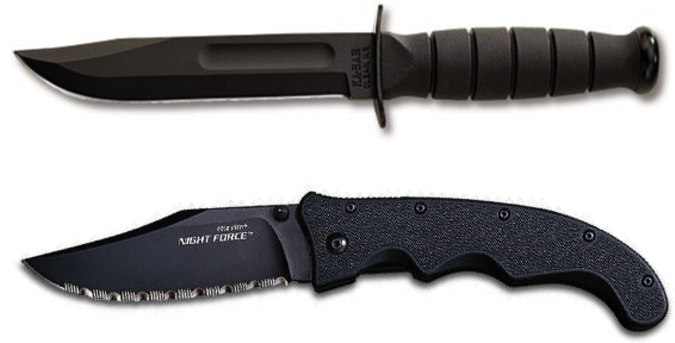The most important tool you'll ever need in the great outdoors is a survival knife because it will enable you to do exactly what its name implies - survive. Now, since we're talking about life or death here, you obviously want the best survival knife in the market. And there are probably several that fit the description. But I'm not going to name them because choosing a knife is a very personal decision. Instead, I'll be discussing several features that your survival knife should have in order to give you the best possible chance of survival if you find yourself in a life-or-death situation. It'll be up to you to see if the knife you fancy made the cut (pun intended).
Feature #1: Size
Yes, size DOES matter. And no, bigger is not always better. A huge ass knife isn't going to be any help when it comes to performing detailed tasks such as carving small snares and skinning game. It also might be too heavy to carry around after a while, becoming more of a hindrance than a tool. A small one, on the other hand, won't be of much help to you when it comes to batoning or chopping wood. Based on experience, the ideal size is around 9 - 11 inches (overall length).
Feature #2: Fixed Blade
Admittedly, folding knives look cool. They're also a bit more convenient because you don't have to worry about having a sheath around when you carry one. However, folding knives have a joint - the point where the two pieces of the knife meet - which is a weakness. You have a higher chance of breaking the knife, especially if you're performing rugged tasks such as pounding or batoning. Obviously, you don't want to lose your most important tool for survival. A fixed blade knife, on the other hand, is a solid piece of metal (no joint), so it's more reliable and sturdy. It is definitely more suited for heavy duty outdoor tasks.
Feature #3: Full Tang

A full tang is when the blade extends all the way to the base of the handle. This means that you have one continuous, solid piece of metal. Now, this is extremely important for several reasons. One, the knife will be much stronger and more reliable, especially when performing heavy duty tasks. You won’t have to worry about it breaking off. Two, should the plastic or rubber scales fall apart, you still have the metal underneath to serve as a handle. Three, the knife is more balanced because the weight of the metal is spread throughout the knife.
Feature #4: Straight Edge

There’s no question that a serrated edge makes a knife look really badass. But looks aren’t everything. In my opinion, the best survival knife should have a straight edge because it is more versatile overall. It will definitely perform better when you're batoning, chopping wood, carving snares, or skinning game. In addition, straight edge blades are easily sharpened. Serrated blades usually require a special sharpener, something that you might not have with you in a survival situation.
Feature #5: Sharp Point
While it may seem stupid to suggest that your survival knife should have a sharp point (after all, it is a knife), you'll find plenty of knives in the market sporting various tips (i.e. rounded, hooked). Now, a knife with a sharp pointed tip has several advantages. One, it makes the knife an effective hunting or combat weapon. Two, it can be used in picking splinters or prying stuff open. Three, a sharp, pointed tip can also be an effective tool for digging.
Of course, there are some other features that you might want to consider when choosing your survival knife such as the grind, the sheath, and the blade material, to name a few. But these five features I mentioned should be a good starting point in helping you find the tool that will help you stay alive in or out of the wild.
